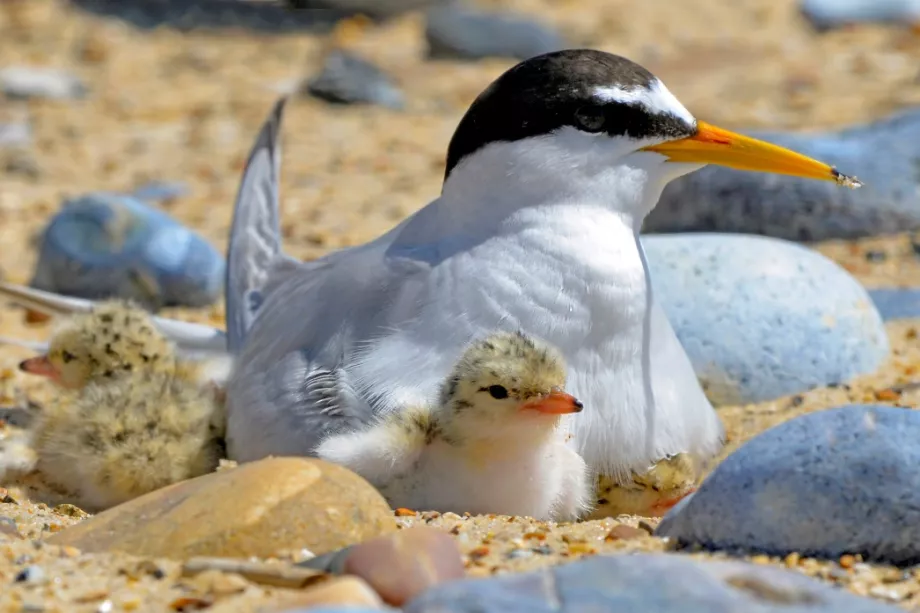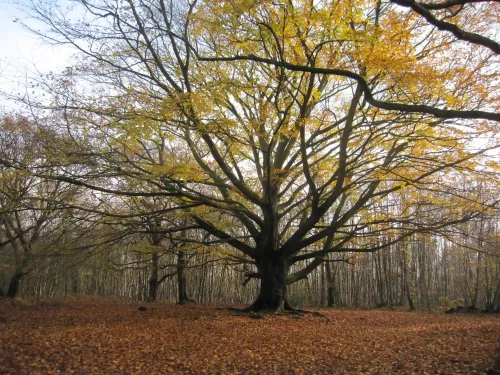
10 must-visit Kent woodlands
Be sure to check out these 10 woods whilst exploring Kent, each offering something a little different across the county.

A good judge of whether birds are being ‘disturbed’ is if their heads are up, not feeding, and they look like they might fly off at any moment.
In the breeding season, adult birds are working tirelessly to protect their nests as well as making sure their chicks are well fed. Predation by birds of prey, foxes and mustelids are common in nature, and these birds are well versed in avoiding them, and even the slightest glance of a predator will send whole colonies up into the air. When birds do this, their bodies are full of adrenaline, and they become very stressed for a short time until they can be certain the threat has passed. While the adult birds are in the air, eggs and chicks become vulnerable to not only predation, but also the elements. In addition, whenever the birds have to fly up in to the air, or away from where they were feeding, it reduces the amount of time they have left in the day to get all the vital nutrients they need. When frequent disturbance takes place at a beach, these birds may die from malnourishment, and their eggs and chicks will suffer too.

We love being able to welcome dogs and their owners to our reserves but, unfortunately, shorebirds perceive both as a threat. Even if a dog is not off the lead they can unknowingly scare birds away. You might think, it’s only one dog, they’ll come back down after we’ve gone. But birds might not return to the nest if this keeps happening throughout the day, and may actually abandon their nests. This could spell disaster for a whole generation of birds and many species can only produce one brood per year.
However there are many ways you can see these amazing birds, by joining on to some of Kent Wildlife Trust’s coastal bird watching events, reserve visits and Wilder Safaris. We have teams of passionate and knowledgeable wardens who would be happy to show you these birds through a scope or from a safe distance on their reserves. (Find out more here: kentwildlifetrust.org.uk/events )
The beach and coastal reserves are yours to enjoy and share with wildlife. But for birds, it’s their nursery and home. Look out for signs, roped off areas and notices along your path, and if you can, have your dog by your side on a lead, and take a different route to avoid flocks of birds. Help us by keeping a respectful distance and help them raise their young in peace. You’ll be making a difference and helping this next generation of beautiful birds to thrive.


Be sure to check out these 10 woods whilst exploring Kent, each offering something a little different across the county.

Since bison were released into West Blean and Thornden Woods on the outskirts of Canterbury, they have not only transformed the landscape but significantly grown in number.

Natasha Ruskin explores something terrifying: a world without woodlands.